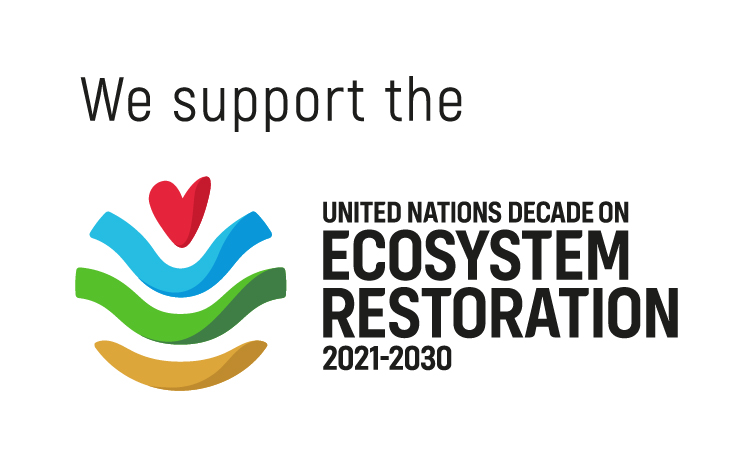Trees for Villagers™
Kolar-Chikkaballapur, Karnataka, India
Project Purpose
Trees for Rural Communities™Location

Plantation of local tree species on the community lands of 36 villages across Bagepalli and Sidlaghatta blocks in Chikkaballapur District and Srinivasapura block in Kolar District, near the town of Chintamani in Karnataka, India.

Enhancement of
Biodiversity

Carbon Sequestration

Increase in
Green Cover

Providing Fodder
for Livestock

Generation of
Rural Employment

Control Soil Erosion
Why Trees?
S. Suryaprakash from the Department of Agricultural Economics, University of Agricultural Sciences, on behalf of the Karnataka State Forest Department, prepared a report citing the importance of NTFPs (Non-Timber Forest Produce) to the tribal communities and the tribal economy. The working paper published by Deutsche Gesellschaft für highlights the effect of climate change that adversely affects the lives of rural women. Alister Doyle in his article ‘Plant more trees to combat climate change: scientists’, speaks about the role of trees in combating climate change, by offsetting carbon and releasing oxygen. The roots hold topsoil and prevent erosion of the precious topsoil, which has taken millions of years to form. Serena Josephine. M. in her article The Hindu (October 20, 2008) mentions how community participation improved the results of soil conservation methods and prevented floods, thus, helping the community in the long run.
Tree Species
Bamboo (Dendrocalamus strictus), Nayi Nerale (Syzygium cumini), Sugar Apple (Annona squamosa), Neem (Azadirachta indica), Golden shower tree (Cassia fistula), Black Siris (Albizzia odoratissima), Indigo (Wrightia tinctorial), Kassod (Cassia siamea), Karanj (Pongemia pinnata), Jam (Acacia acuminata) Nerale(Syzygium cumini), Hunse(Shorea robusta), Seemathangadi(Alstonia scholaris), Honge(Millettia pinnata), Maddi(Terminalia arjuna), Seege (Saraca asoca), Neem (Azadhirachta indica), Atti(Ficus racemosa), Bage(Albizia lebbeck), Kamara(Hardwickia binata), and Netted custard apple/ Ramphal (Annona reticulata).
Social Impact
The project has so far provided over 35,000 workdays of jobs to the rural community. The upkeep of the saplings and later collection of forest products is a sustainable source of income for the rural population. The trees, when mature, will provide food and fodder to the cattle, thus, preventing them from venturing inside the forest. Due to improvement in the vegetative coverage, soil erosion is also being reduced. Due to improved water levels, the drinking water sources and agriculture in the nearby areas have seen improvement. The trees planted play an important part in absorbing the carbon and help in regulating the climate.
The non-timber forest resources have increased both in terms of quality as well as quantity and communities are procuring them for personal consumption and the surplus is used for selling in local markets. The leaves of Butea for crafting leaf plates, grass for making broomsticks, berries, etc. provide commercial opportunities and small-scale forest-based industry, thus, providing a steady income source to the forest dwellers.
Adoption Summary
| Name of the Company | Number of Trees Planted | Fiscal Year |
|---|---|---|
| HDFC Asset Management Company Limited | 36,993 | 2021-22 |
| Tata AIA Life Insurance | 150,000 | 2019-21 |
| Indo-US MIM Tec Pvt. Ltd. | 25,500 | 2013-16 |
| Ernst & Young Foundation | 125,591 | 2011-15 |
| UTC Aerospace Systems | 15,000 | 2014-15 |
| V-KOOL | 20,000 | 2012-13 |
| Other Contributors (Individuals & Corporates) | 155,000 | NA |










